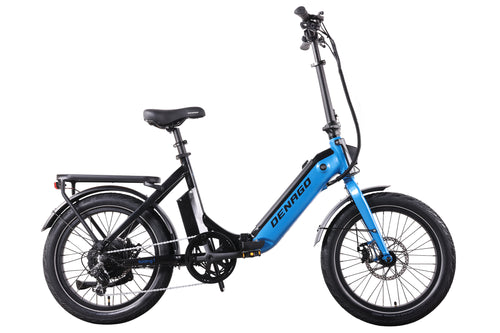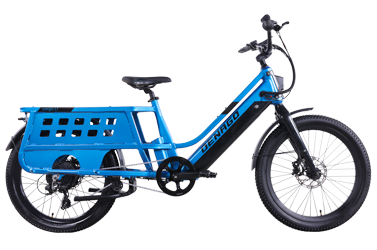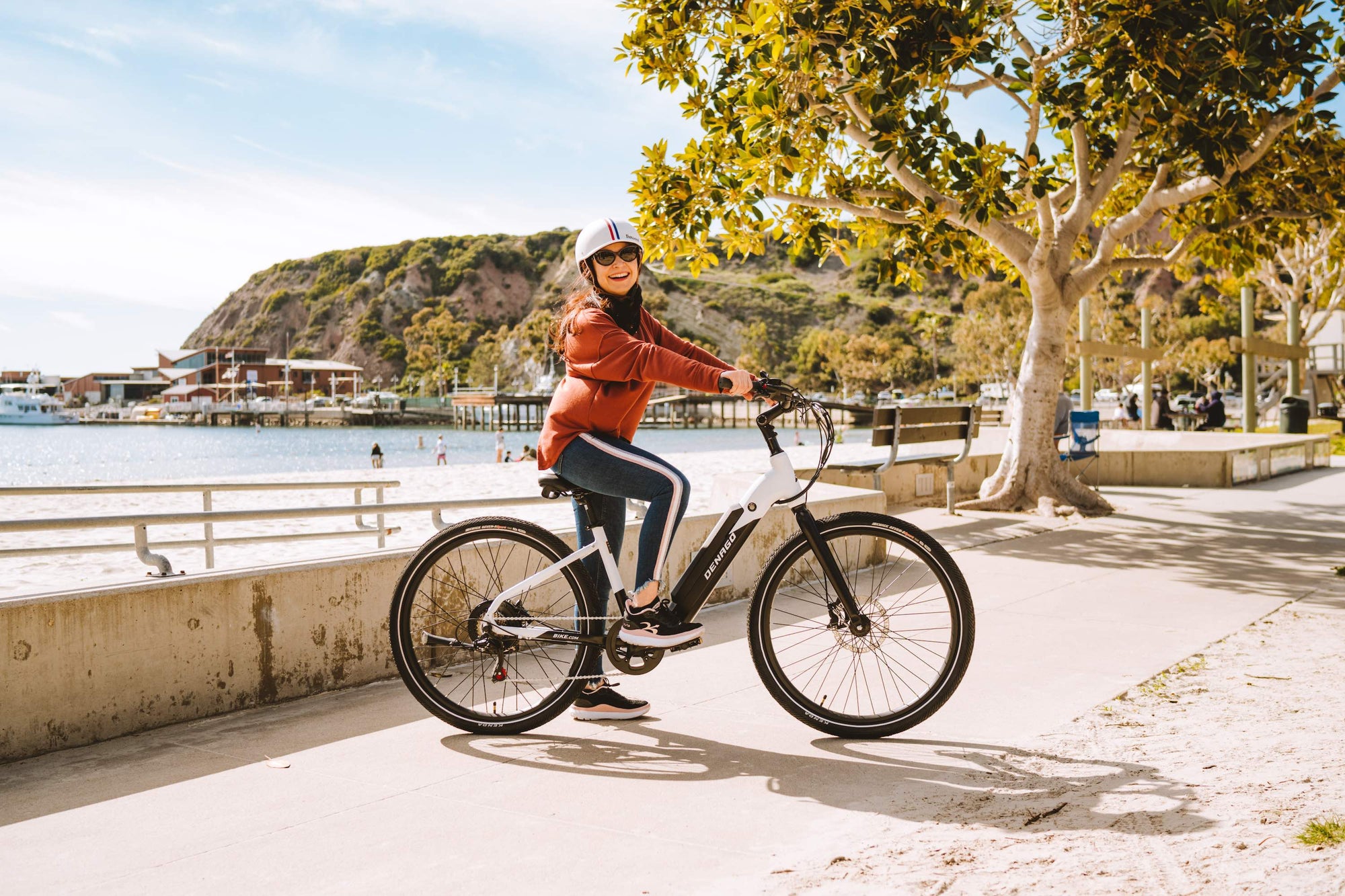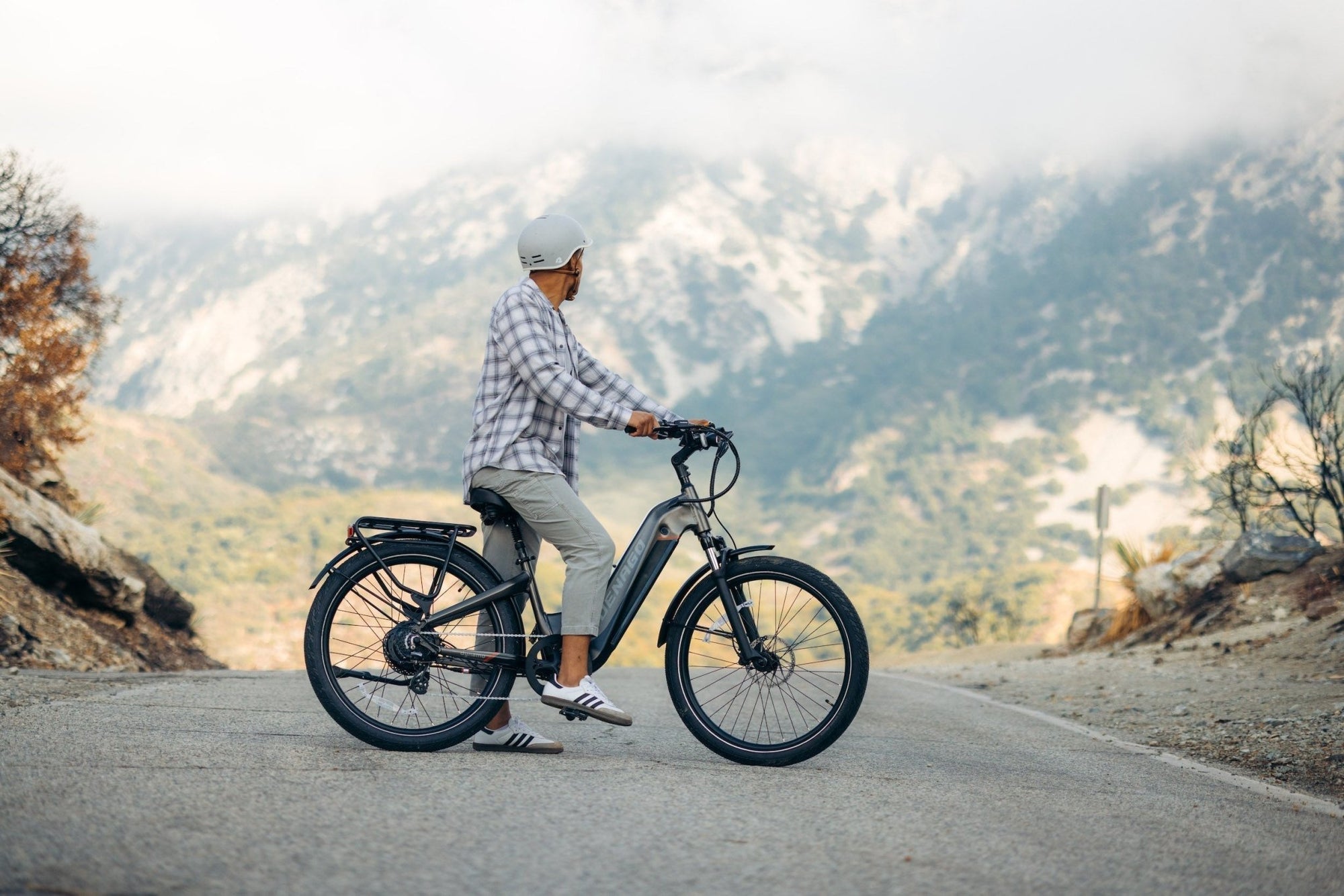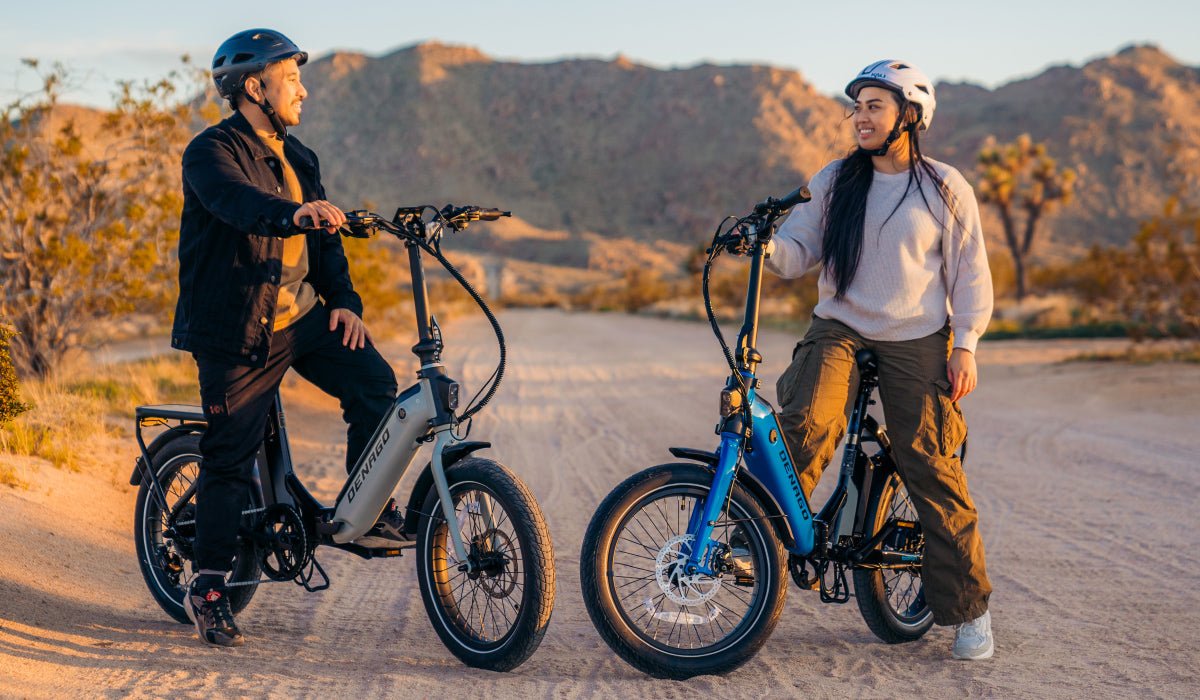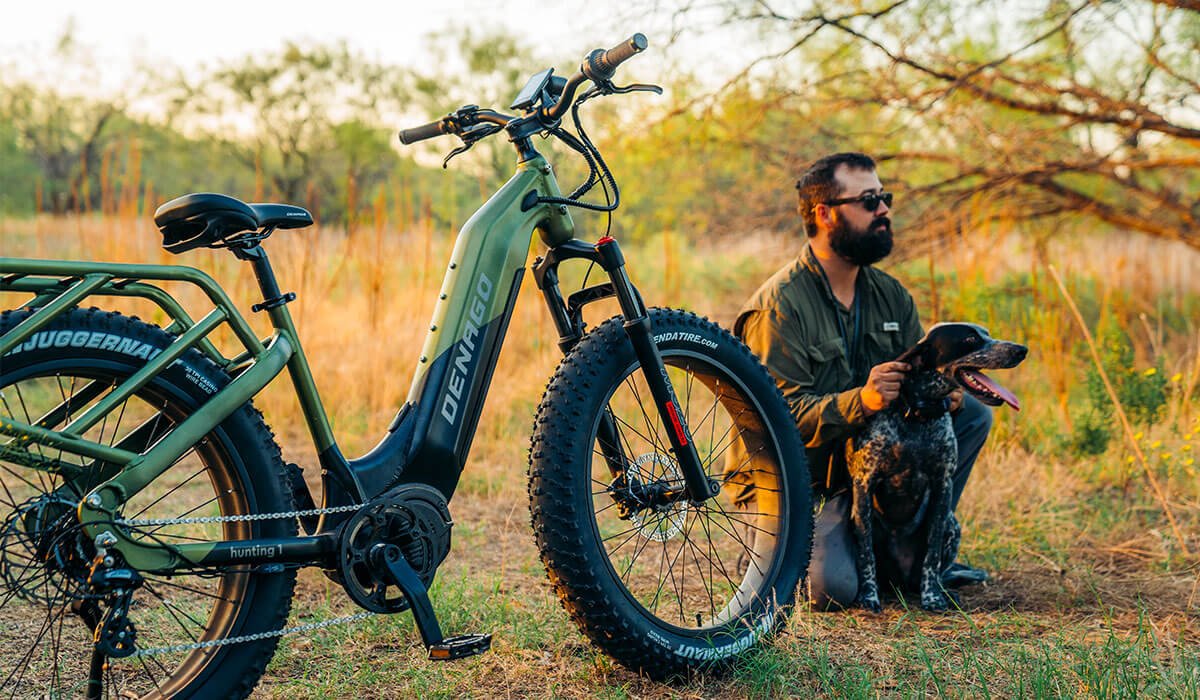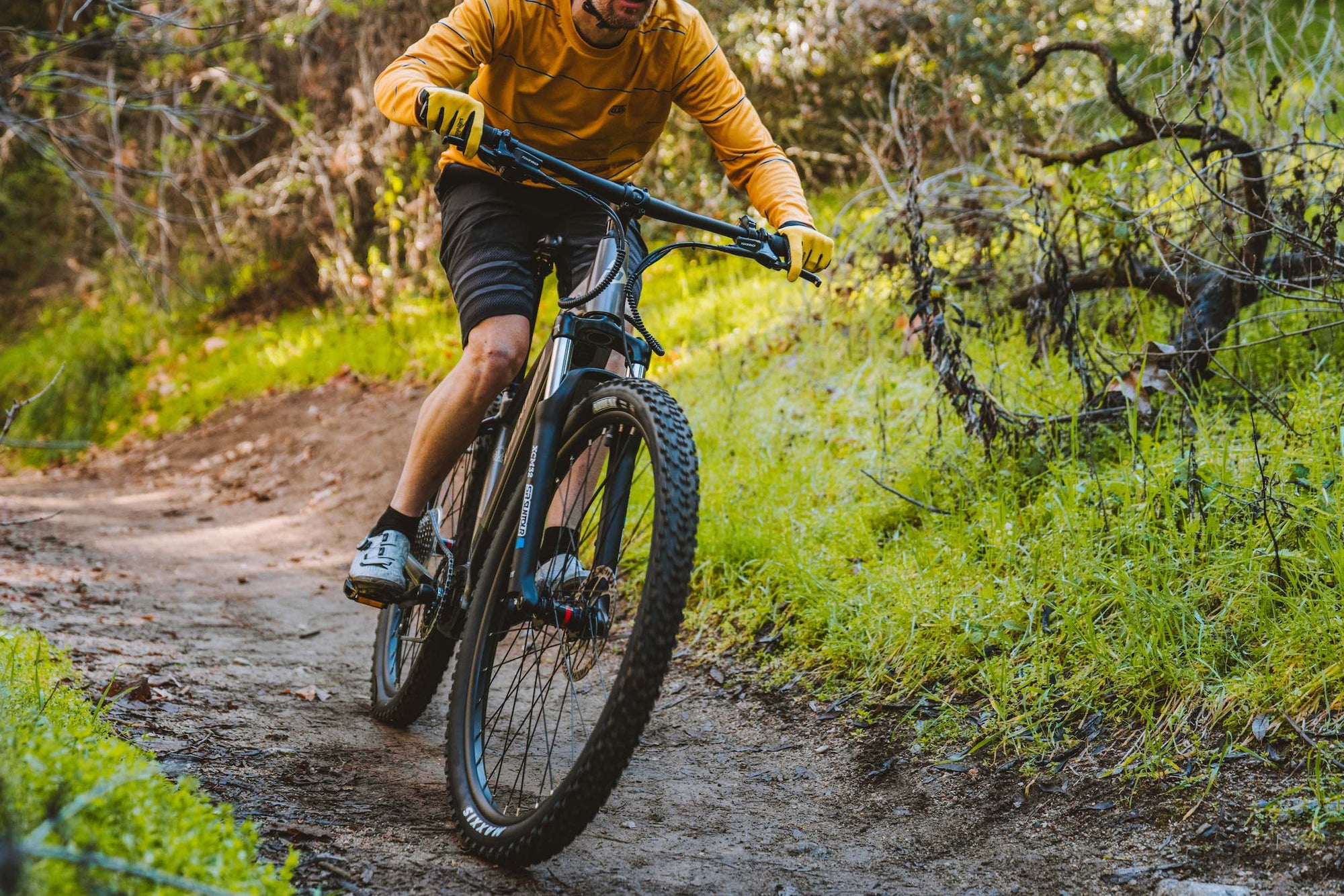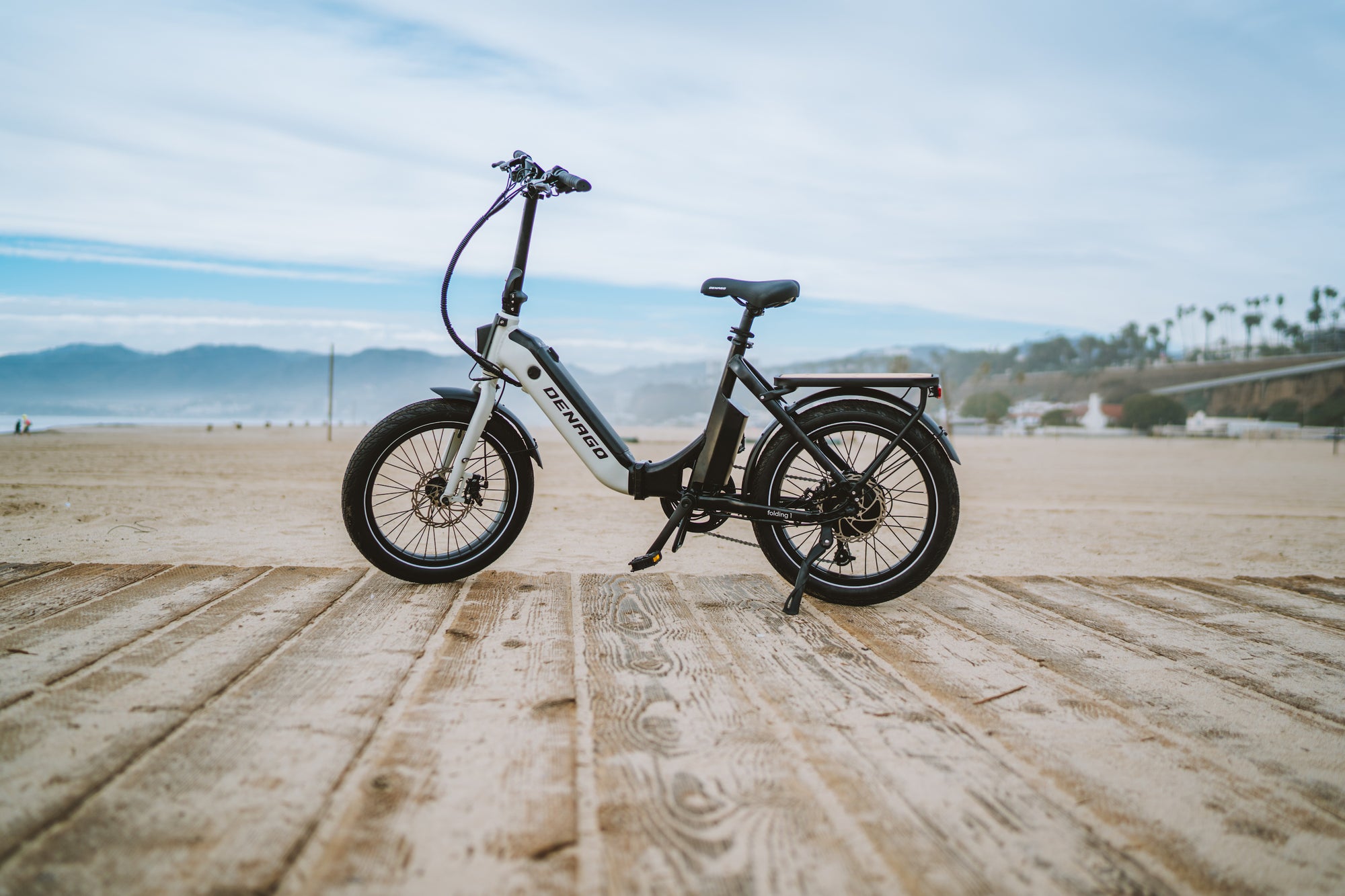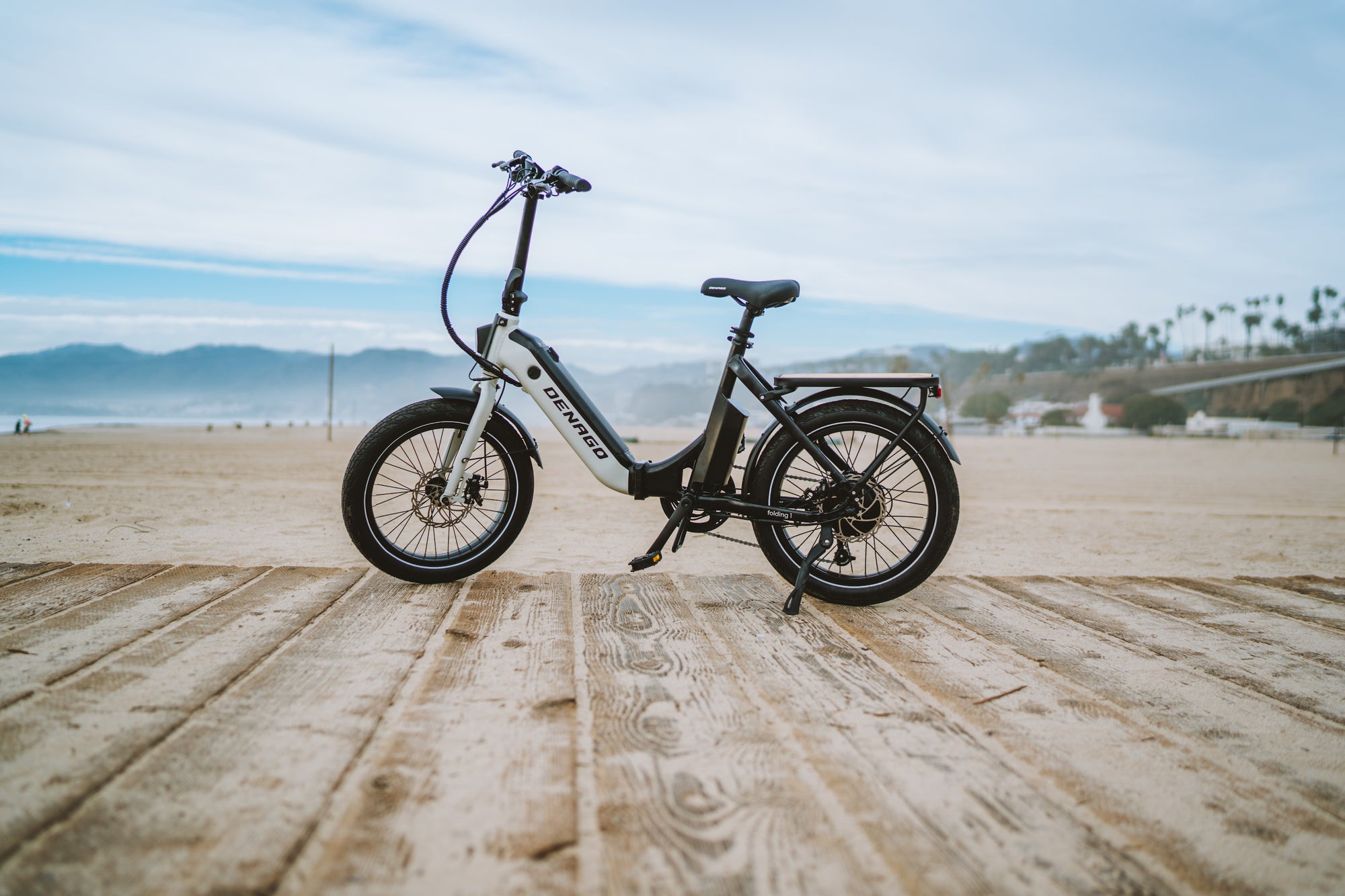Bicycle safety is important. It's even more important to think about safety when you're riding an eBike, which can travel faster and further compared with "analog" or "acoustic" (non-eBike) models - especially Class III eBikes capable of 28 MPH speeds. While you can't control everything, adhering to some basic safety tips can increase your odds of having a safer ride.
Let's take a look at this list of eBike safety tips that everyone should know:
#1: Always wear an approved helmet
Every bike rider, eBike or not, should wear a helmet when they ride, regardless of age, speed, or the legal requirement to do so. It's the best safety step you can take. It's also the law in many states, depending on the age of the rider and the type of eBike you're riding.
Modern bicycle helmets are lighter, better ventilated, and more comfortable that the helmets of just a few years ago. Riders seeking the best options might choose a MIPS helmet (multi-directional impact protection), a technology that attempts to reduce rotational impacts. No helmet is perfect or foolproof, but studies suggest that the MIPS design could reduce concussion and traumatic brain injury compared to traditional helmets.
#2 Know and follow the vehicle code
When you ride your eBike on street and roads, you're a vehicle in the eyes of the law. That means you should know and follow your city, county, and state vehicle code.
That includes:
- stopping a stop signs and red lights
- using appropriate lanes
- yield when you don't have the right of way
- use turn signals or hand signals when appropriate
- using lights in dim or dark conditions
Just like when you operate a car, you should aim to ride predictably. Ride in a straight line, signal your intentions, and avoid sudden stops when possible.
#3 Understand the rules for eBikes in your area
Most, but not all states have adopted the eBike model legislation (the "Class I, II, III" rules) that regulate who can ride eBikes and where they can be ridden. There are 3 common rules to know in most states related to eBikes:
- minimum ages for eBike riders
- helmet requirements for eBike riders
- trail access restrictions on where eBikes can be ridden
These restrictions can vary based on whether a Class I, II, or III eBike is being ridden. Reputable eBikes carry a sticker on the frame that shows the Class, so you can see it at a glance. When you purchase an eBike, it pays to do a quick review of the rules in your state so you understand them.
#4 Perform a "pre-flight" check on your eBike before you ride
Every eBike needs regular maintenance and occasional adjustments to stay in tip-top shape. While more complicated repairs might be a job for a bike shop, anyone can perform a basic safety check before riding.
- Check the tires to make sure they're inflated to the recommended pressure on the sidewall, and add air if needed. All bicycles tires will lose air very slowly over time, because rubber inner tubes are slightly porous - this does not mean you have a flat tire or puncture. It is normal and expected to add air periodically.
- Squeeze each brake lever while rolling the bike forward and backward to confirm that the brakes engage and stop the movement. You should feel the brake engage before the lever pulls all the way to the handlebar.
- The wheels must be firmly attached to the bicycle frame and fork. Check the axle nuts, quick release lever, or thru-axle (depending your model of eBike) to ensure they are firmly attached.
- Stand in front of the bike with the front tire between your knees and attempt to twist the handlebar left/right while holding the tire steady. The handlebar and stem should not move independently from the tire.
- Pick the bike up 1-2" from the ground and drop it. Any rattles or vibration that wasn't there before might be a sign of something loose that requires adjustment.
This is not an exhaustive list. Check your owner's manual for your make/model for additional steps that might apply to your specific eBike.
If you encounter an issue you don't understand or can't resolve, check with a bike shop, mobile bike mechanic service, or an experienced cyclist friend, and don't ride until it's fixed.
#5 Take extra care before you decide to ride at night
Riding at night is more dangerous than daytime riding. It's harder to be seen by others, and also harder for the rider to see obstacles on the road or trail.
The good news is modern bicycle lights are lighter, more powerful, and have longer runtimes than ever before! This opens additional riding opportunities - for example, many riders in Phoenix, Arizona choose to ride at night when temperatures can be cooler.
#6 Don't carry passengers if your eBike isn't designed for it
"Riding double" by attempting to carry a passenger on your eBike designed for a single rider is dangerous! The weight of an extra passenger changes the way your bike handles and increases stopping distance. You might also exceed the maximum weight limits on your eBike if you carry a passenger.
You should only carry a passenger on an eBike specifically designed for two people, built with safety features and designs for that type of use - tandems, cargo bikes specifically designed with seats for passengers, and so on.
#7 Understand what actions will turn your eBike's motor on
Having the motor on your eBike turn on when you aren't expecting it could be dangerous. It's important to understand the features and operation of your specific make and model. This can vary by eBike, so spend some time to get familiar with the one you're riding.
Generally, the electric motor on a pedal assist eBike can turn on when 1: the eBike is powered on and 2: you turn the pedals. Depending on the make/model, it might also be possible to 3: turn on the electric motor by pressing a throttle lever or button.
You could have an accident if you accidentally engage the motor on your eBike without intending to - for example, while cornering on a wet road with slippery leaves.
#8 Power down when you don't need assistance
A simple safety step you can take is to power down when you don't want the electric motor to turn on. This could mean switching your eBike to pedal assist level 0 temporarily, or turning the eBike off entirely.
You should plan to power down every time you stop riding. For example, if you're parking your eBike, you could brush the throttle lever (even accidentally) which could turn the motor on. Powering down the eBike before you park prevents this rare possibility.
Get in the habit of setting your eBike to pedal assist level 0 and powering down the bike whenever you aren't riding.
#9 Buy an eBike with built-in safety features
Quality eBikes, regardless of make/model, share some common safety features. You should choose an eBike that offers these functions:
- Motor-interrupt brake levers. This technology turns off the motor automatically when you pull the brake levers. In the event of a panic stop, the motor will still turn off (even if you have pedal assist turned on and you're still pedaling, or holding down the throttle.)
- Disc brakes. More braking power is needed on eBikes because they are bigger, heavier, and travel faster, which means they have a longer stopping distance. Disc brakes offer adequate stopping power for eBikes; traditional caliper (rim) brakes do not.
- Class I, II, III sticker. Most states require eBikes to be labeled with a sticker showing the eBike class, top speed, and motor wattage output. An unlabeled eBike could be a red flag (what other corners are being cut?)
- Reflectors. They're required by law and should be included with your eBike.
Happy riding!







